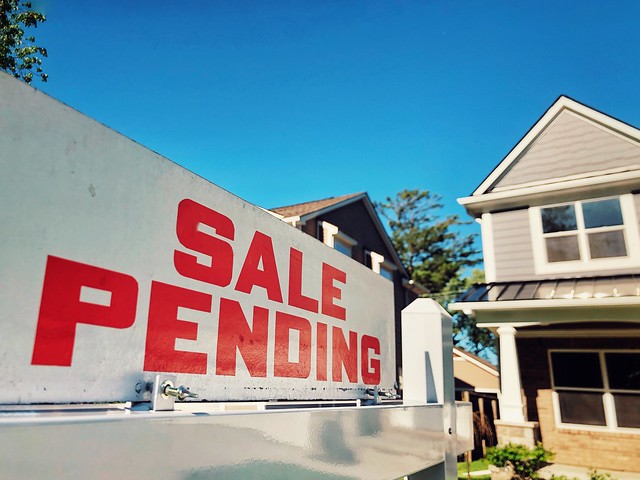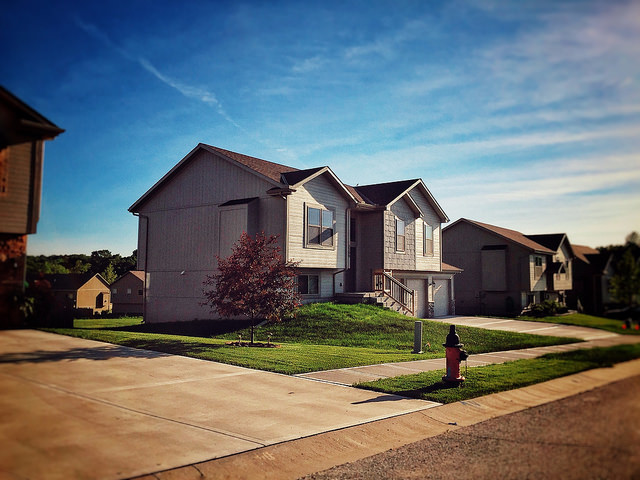There’s a reason it’s called a seller’s market. When there are too few homes for sale and plenty of buyers, home seller’s set the terms. Take last year, for example. In the frenzy of last year’s housing market, home buyers were waiving inspections and even buying homes sight unseen. Home sellers didn’t have to negotiate to get a buyer to sign a contract, they could simply wait for a better offer. This year, though, things may be changing. According to the National Association of Realtors’ consumer website, recent buyers have been having success negotiating terms with home sellers. Survey results show the number of buyers asking for repairs based on the inspection has more than doubled over the past 12 months, while the number of sellers refusing to make repairs has dropped to zero. Additionally, the share of sellers who have sold below their asking price has risen from 18 percent in February to 31 percent in July. George Ratiu, manager of economic research for the NAR’s website, says things are getting back to normal. “Our survey shows that the overheated housing market of the past two years, which predominantly favored sellers, is beginning to regain a sense of normalcy, which is welcome news for home buyers,†Ratiu said. (source)













